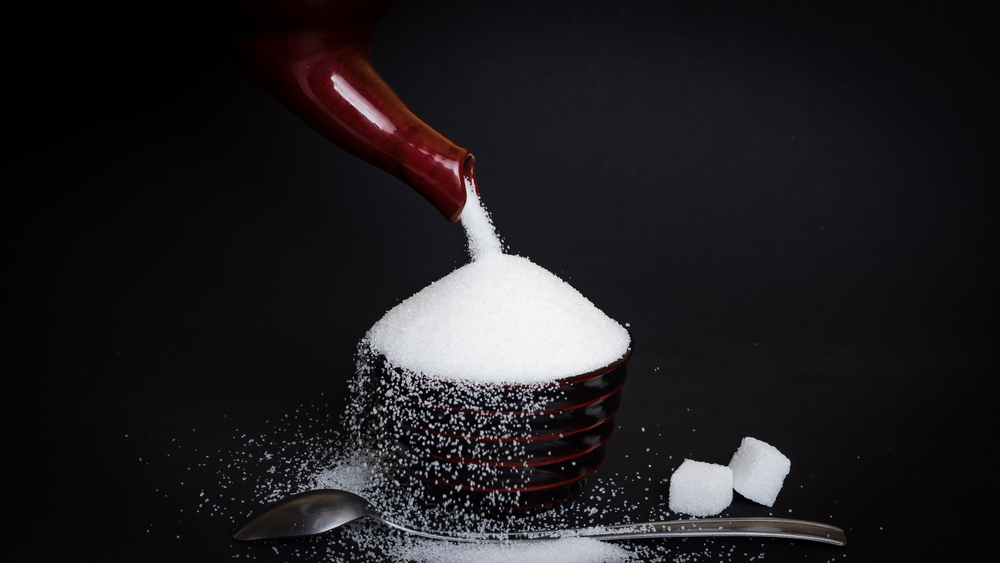By Susan Pasqual, MSN, RN, CNSC, Director of TLS® Weight Loss Solution Field Development and Sales
When it comes to understanding the science behind TLS, it is important to understand some key components. So, let’s start with some basic definitions:
· Hypoglycemia: Deficiency of sugar in the blood stream. Hyperglycemia: Excess of sugar in the blood stream.
· Glycemic Index (GI): (Quality) A system that ranks food on a scale from 1-100 based on their effect on blood-sugar levels.
· Glycemic Load (GL): (Quantity) A ranking of how much eating a particular food will raise the blood glucose. Leptin: An adipose-derived hormone that plays a role in appetite and hunger.
· Insulin Resistance: A condition in which cells do not respond to the normal actions of insulin, thus are not able to use it effectively, leading to hyperglycemia.
· Glycogen: A hormone produced by the pancreas that raises blood glucose levels. Its effect is the opposite of insulin.
Popular eating habits such as skipping meals, eating sugary, processed foods and cutting calories put the body in constant fat storage mode, which makes us tired. When we eat healthy, nutritious foods, we eliminate those highs and lows, have more energy, feel great and are fat-burning machines!
However, sugar is definitely needed in our bodies. Each cell requires sugar, and our bodies do a great job of regulating it and maintaining balance. Our digestive tract breaks down carbohydrates from food into sugar, which is one of our body’s main sources of energy. The sugar goes straight from the digestive system into the bloodstream after we consume and digest food. After we eat, blood sugar rises and the pancreas releases a hormone called insulin to regulate that sugar in the blood. As that the sugar enters cells and more cells receive glucose, blood sugar levels come down to normal again.
Excess glucose is stored as glycogen in the liver and muscles. It stores it there just in case we need a rush of it for energy. Sugar can only enter cells if there is insulin in the bloodstream. Without any insulin the cells would starve.
Leptin resistance can have a major impact on your weight loss goals. Typically, an overweight person who is leptin resistant requires more food to be full. The leptin hormone is involved with signaling your brain to tell you to stop eating. The more we eat, the higher sugar levels go and more insulin is made. When we overeat, we develop excess fat. The more fat we have, the more leptin resistant we are. The more leptin resistant we are, the hungrier we are. Then the cycle just keeps going.
Insulin resistance can cause problems as well. With excess eating, the cells take in blood sugar when they can’t use it, and the extra sugar will kill the cell — and no insulin can get in the cell. Without insulin, sugar gets backed up in the blood. This is the mechanism behind basic insulin resistance at the cellular level. If these problems continue, blood sugar levels continue to rise, insulin resistance gets worse, leptin resistance gets worse, cholesterol levels go up, blood pressure goes up and triglyceride levels go up. Eventually, this leads to type 2 diabetes.
In healthy people, if the right amount of food for physical activity level is consumed, blood sugar always has room to enter into the cells. Insulin rises and falls in a controlled manner, as does leptin, and the overeating cycle doesn’t happen — which means that you’re satiated and do not have excess sugar or insulin.
There are many benefits of eating a low-glycemic-impact diet and following the TLS Weight Loss Solution program, including superior health and weight management, reducing large fluctuations in blood sugar and many others. Change your lifestyle forever with TLS!






Comments (0)